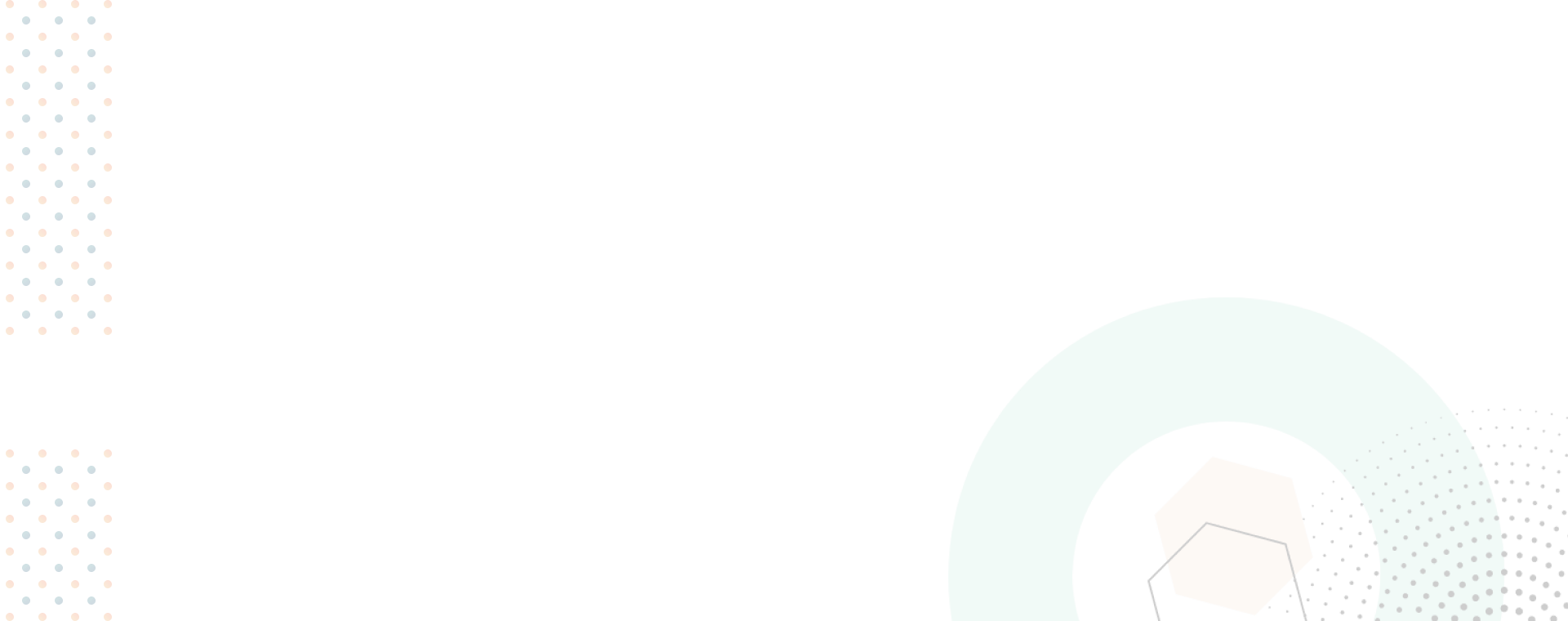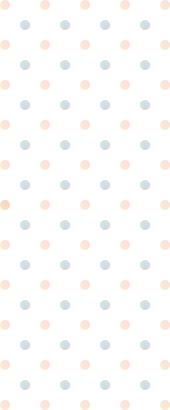The Euromillions game, like other lottery games, may seem entirely random and unpredictable at first glance. However, if we look deeper and consider some mathematical concepts, we find that in many ways, the Euromillions game is more predictable than it might initially appear.
The Law of Large Numbers
One of the key concepts that help us understand this predictability is the law of large numbers. This law, which is one of the fundamental principles of probability, states that with a sufficiently large number of repetitions of a random experiment, the results will begin to approximate the expected value. In the context of the Euromillions game, this means that if we were to draw numbers for a long enough period, each number would be drawn with the same frequency. Additionally, any conceivable combination of two or more numbers will also be drawn just as frequently as any other combination, given enough time.
In practice, this means that if we look at draw statistics over a longer period, we will find that individual numbers appear roughly as often as others. Although some numbers may seem to "bring more luck" or appear more frequently, this is only the result of short-term fluctuations. In the long run, however, the frequency of occurrence of individual numbers should even out.
Number Combinations
The same is true for combinations of numbers. Different combinations of numbers will appear with similar frequency if they are drawn for a long enough time. Even though there is an enormous number of possible combinations, the law of large numbers tells us that no specific combination has a greater long-term chance of winning than another.
Prize Categories and Their Significance
Moreover, the Euromillions game features several prize categories, which means that the chance of winning is not only for those who guess all the numbers. Lower prize categories can include partial matches with the drawn numbers, again increasing the probability that any conceivable number or combination of numbers will eventually be "successful" in some category. This way, every number gets a chance to win, not only in the main category but also in the lower ones.
Conclusion
The law of large numbers suggests that with a sufficiently long history of draws, the frequency of winning individual numbers and combinations should stabilize. Each number or combination has a similar chance of winning, not only once but also in various prize categories, which is a crucial element that makes the Euromillions game predictable in the long run.
This perspective helps us understand that although the lottery remains a game of chance, the principles of mathematics allow us to reveal a certain degree of predictability in how the results gradually stabilize and become symmetrical.
Finally, we would like to point out that on our website, visitors can easily check how often their numbers have been drawn in the past and what prize categories they have won in the Euromillions game. There are also charts available that allow you to get an overview of how often lower winning combinations recur after several draws. Everything is meticulously recorded in the statistics, providing you with deeper insight into the course and results of individual draws. Additionally, if you want to try your luck, you can use our random number generator. This generator not only randomly selects numbers but also provides you with all the information about how these numbers have performed in the past – how often they were drawn and what prizes were won with them. This can help you better understand the game and make a more informed and smarter selection.




